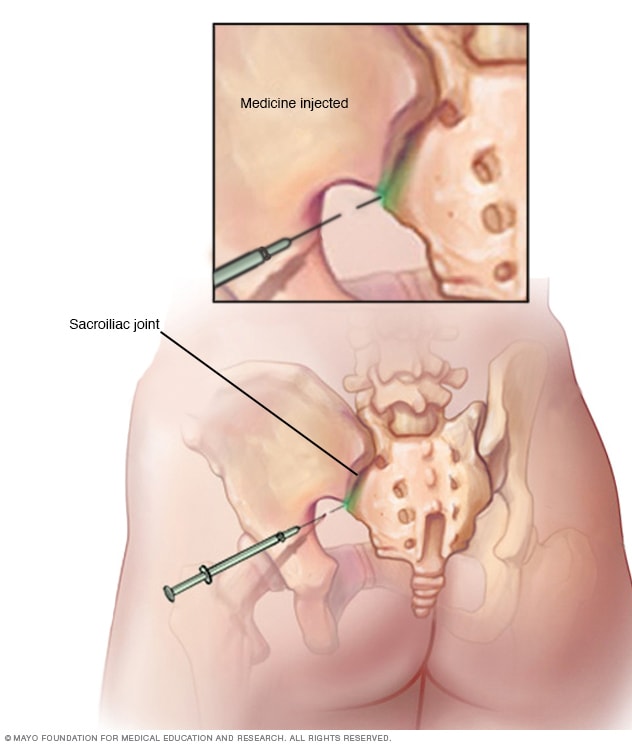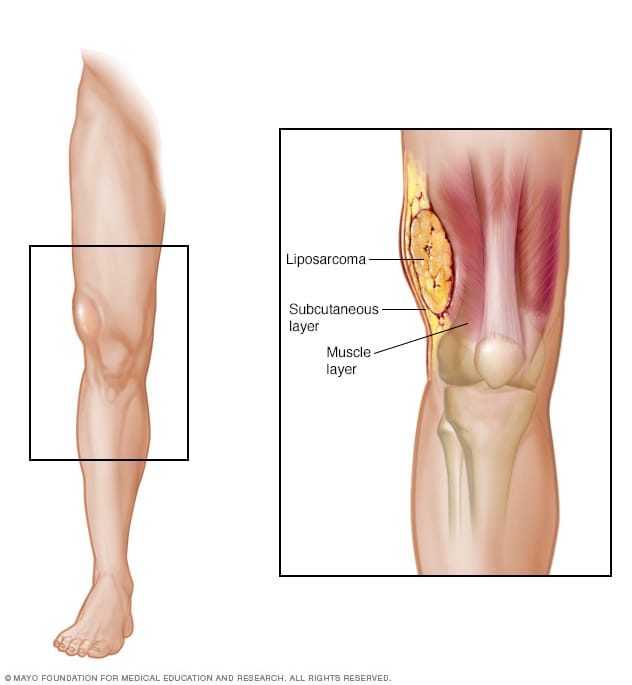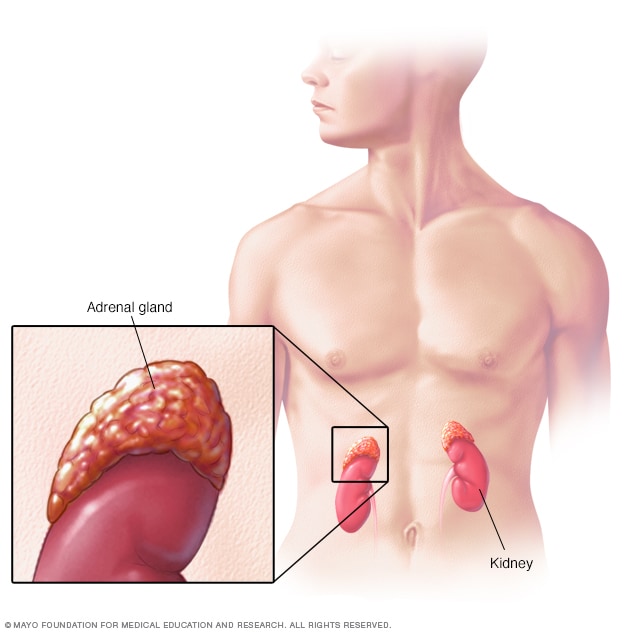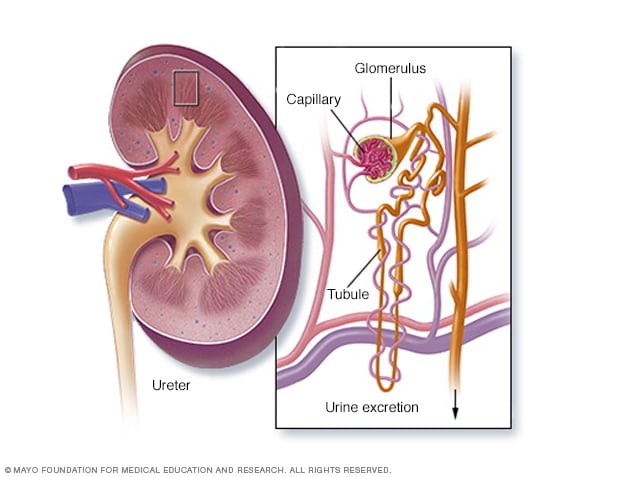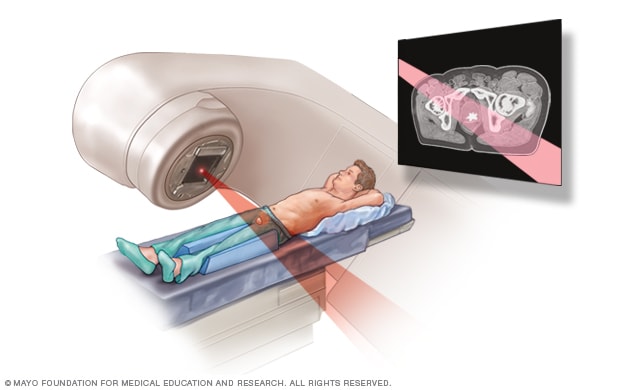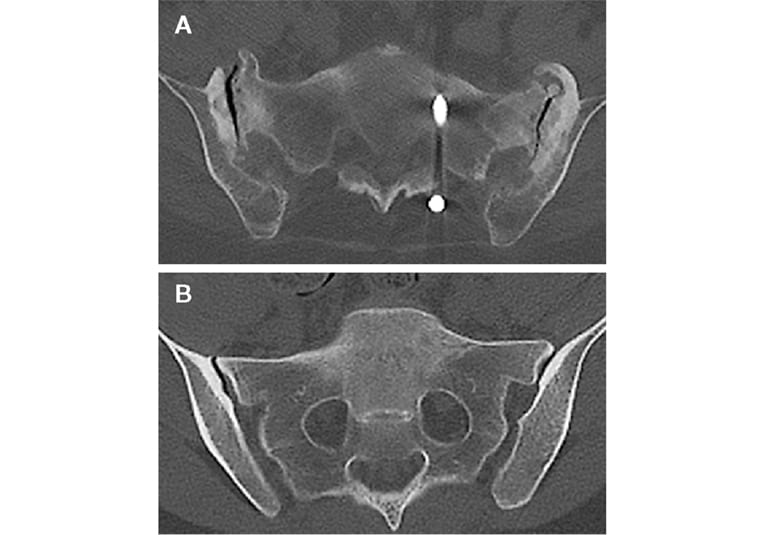Physical therapists who specialize in orthopedics and pelvic health will conduct a comprehensive skilled evaluation and develop an individualized.
Pelvic floor myalgia mayo clinic.
Meralgia paresthetica is a condition characterized by tingling numbness and burning pain in your outer thigh.
The cause of meralgia paresthetica is compression of the nerve that supplies sensation to the skin surface of your thigh.
The pelvic floor supports the rectum bladder and urethra.
In this condition pressure on sensitive points in your muscles trigger points causes pain in the muscle and sometimes in seemingly unrelated parts of your body.
Nonrelaxing pelvic floor dysfunction is not widely recognized.
Conditions affecting your bones joints and connective tissues musculoskeletal system such as fibromyalgia pelvic floor muscle tension inflammation of the pubic joint pubic symphysis or hernia can lead to recurring pelvic pain.
That means the pelvic floor muscles are too tight.
Pelvic floor dysfunction is a common condition where you re unable to correctly relax and coordinate the muscles in your pelvic floor to urinate or to have a bowel movement.
If you re a woman you may also feel pain during sex and if you re a man you may have problems having or keeping an erection erectile dysfunction or ed.
The mayo clinic pelvic floor dysfunction program on the minnesota campus treats pelvic floor disorders and lumbopelvic pain in both men and women and provides pre and postnatal musculoskeletal care.
See the stories of satisfied mayo clinic patients.
Kegel exercises can help strengthen these muscles.
These may include pain and problems with defecation urination.
Myofascial pain syndrome is a chronic pain disorder.
Levator ani syndrome is a type of nonrelaxing pelvic floor dysfunction.
To identify your pelvic floor muscles stop urination in midstream or tighten the muscles that keep you from passing gas.
Unlike in pelvic floor disorders caused by relaxed muscles eg pelvic organ prolapse or urinary incontinence both of which often are identified readily women affected by nonrelaxing pelvic floor dysfunction may present with a broad range of nonspecific symptoms.
These maneuvers use your pelvic floor muscles.
Many factors can weaken your pelvic floor muscles including pregnancy childbirth surgery aging excessive straining from constipation or chronic coughing and being overweight.
Once you ve identified your pelvic floor muscles you can do the exercises in any position although you might find it easiest to do them lying down at first.

